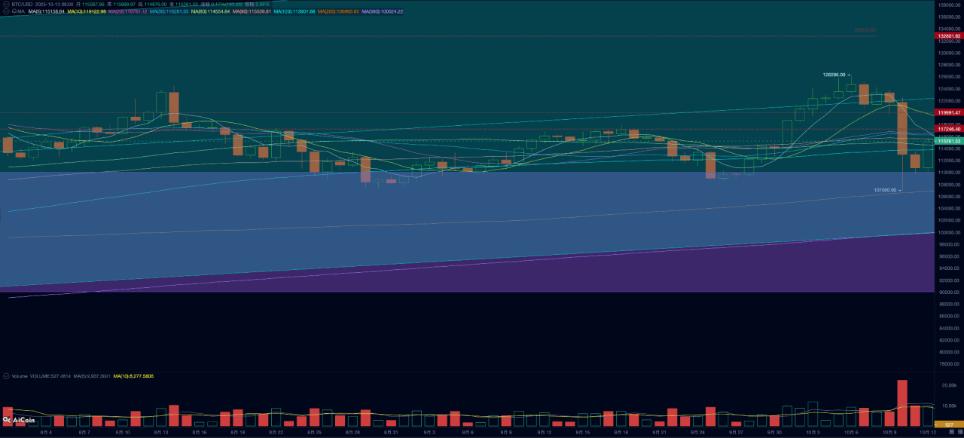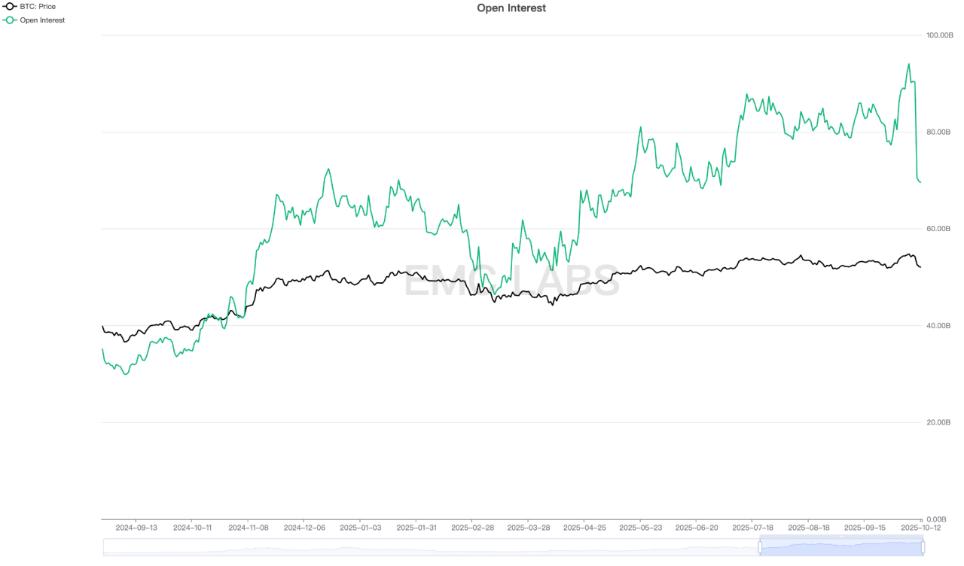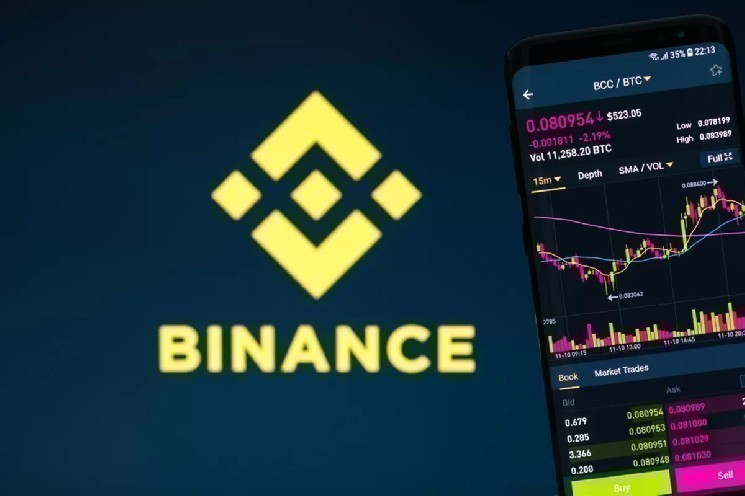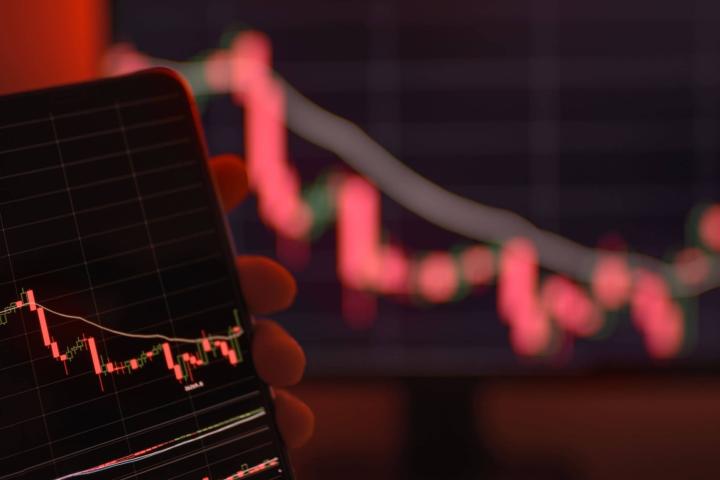Author: 0xBrooker
Previously, the U.S. market was under tension due to expectations of interest rate cuts, a soft or hard landing of the U.S. economy, Q3 financial reports, and the repurchase season. The temporary absence of economic and employment data during the U.S. government shutdown caused the market to be in a state of being at a high altitude while continuously climbing to a peak.
This week, the US-China tariff war, which has been simmering for months, suddenly resurfaced, instantly expanding into the biggest influencing factor and disrupting the old rhythm of almost all trading markets.
As a result, BTC, which had reached a record high on October 6th, retreated again, falling as much as 15.28% from its peak. Altcoin markets, excluding BTC, experienced a 30% single-day drop due to near-draining liquidity and the emergence of black swan events. Over 1.6 million positions in the crypto futures market were liquidated, resulting in a historic liquidation exceeding $10 billion.
After half a year, the US-China tariff war has once again become the core market factor determining the trend of BTC and the crypto market; as the cycle is coming to an end, the internal liquidity dilemma of the crypto market is also plaguing the market.

BTC daily trend
Policy, macro-financial and economic data
In the first half of the year, the United States declared war on the world with reciprocal tariffs. After months of negotiations, each side signed its own agreement, but a deal with its most important trading partner, China, has yet to be signed. Since then, delegations from both sides have met several times, but real progress has been elusive.
As October approached, this unfavorable situation quickly escalated into targeted sanctions between the two sides.
On October 9, China's Ministry of Commerce tightened exports of rare earth and magnetic materials, announcing expanded export restrictions on these materials, affecting key products in the military and high-tech supply chains. This move is seen as a hedge against long-standing US export controls and the "Entity List," and will directly impact key industrial chains in the US and its allies. On October 10, Trump announced on social media that he would impose a 100% tariff on all Chinese imports starting November 1 (or earlier), and threatened to implement new export restrictions on key software and technology. He also emphasized that a meeting with China was still possible, but "depending on China's response."
The market sees this as "the risk of a new round of escalation in the trade war."
After the Chinese measures were announced on the 9th, A-shares rose, while Hong Kong stocks fell. The Nasdaq dipped slightly after reaching a record high. Before Trump announced the 100% tariff increase on the 10th, A-shares fell, and Hong Kong stocks plummeted. Following the announcement, the Nasdaq, which had hit another record high intraday, began a rapid plunge, ultimately falling 3.56% below its 30-day moving average, its largest single-day drop since June. BTC is currently experiencing a waterfall trend, with an amplitude of 12.87, a sharp drop of 7.18%.
The conflict re-emerged and the market entered a risk-averse state.
The US dollar index closed down 0.57% at 98.843. Short-term and long-term US Treasury yields plummeted by 1.89% and over 2%, respectively. London gold rose 1.02%, returning to the $4,000 mark.
The renewed US-China tariff conflict has reshaped the dynamics of many markets. Later, Trump stated in a television interview that the November 1st implementation date would allow time for negotiations, and he also stated that he would continue his trip to South Korea (for the APEC summit), though whether he would meet with China would depend on the circumstances. On the 12th, a spokesperson for China's Ministry of Commerce stated that China's export controls do not constitute a ban, and that applications that meet the requirements will be approved. Prior to the announcement of the measures, China had informed relevant countries and regions through the bilateral export control dialogue mechanism. China is willing to strengthen dialogue and exchanges on export controls with all countries to better safeguard the security and stability of the global industrial chain and supply chain.
The media believes that both sides are sending signals of easing tensions while making real moves, and their actions can be seen as "using violence to promote talks," as the negotiations between the two sides were indeed difficult.
Judging from the current market data and information, market risks have not yet accumulated to the level of a large-scale adjustment, but if subsequent conflicts escalate, the probability of medium-sized adjustments in markets such as the US stock market will increase.
Crypto Market
As for BTC, we believe that the downward adjustment in risk appetite caused by the tariff conflict has been initially completed in the plunge.
The reaction of BTC, especially Altcoins, is far more intense than that of other markets. In addition to the fact that BTC is a high-risk asset, it is also because BTC is in the critical "curse time" near the top of the old cycle. The market is already in a state of anxiety with selling pressure and uneasiness.
In our September monthly report, we noted that, based on past cyclical patterns, BTC prices would peak in the fourth quarter. In this cycle, with retail investors retreating, only two major sellers remain: the BTC Spot ETF channel and DATs. Long-term holders continue to sell heavily, significantly absorbing market liquidity. This week, long-term holders sold over 11,926 BTC, while short-term holders sold 176,648 at a loss, marking two consecutive weeks of high selling levels. After two consecutive weeks of significant outflows, outflows from centralized exchanges slowed significantly this week, forcing BTC prices to stabilize downward.
In terms of buying power, BTC Spot ETF channel funds maintained a good level of inflow (but also lower than last week) in the first four trading days, but outflows occurred on Friday.
In short, the current market is showing a continuous threat of selling pressure, while buying power is insufficient. This is a typical situation before the cycle reaches its peak and deserves high vigilance.
In addition, the fragility of the internal structure of the crypto contract market is also an important reason for overreaction.
After the BTC price hit a new high on the 6th, the open interest reached a historical high of more than US$94 billion, triggering a series of long positions being liquidated during the sharp price drop, amplifying the decline.

Bulls were slaughtered, and the size of BTC open interest fell by nearly $25 billion
In addition, the USDe launched by the stablecoin project Ethena deviated from USDT by more than 35% on Binance, causing the market makers using USDe to be liquidated, resulting in the dangerous situation that the prices of many Altcoins plummeted by more than 30% in a short period of time.
According to media reports, over 1.6 million accounts were liquidated that day, resulting in losses exceeding $19 billion. October 10th was arguably the single largest loss-making day in the history of the crypto futures market.
Judging from technical indicators, the current BTC price stabilized above the 200-day bull-bear dividing line at the end of the weekend, and also remained above the upper edge of the "Trump bottom" (US$90,000-110,000). After the passionate release on Friday and Saturday, the trading volume has returned to normal levels over the weekend.
We believe that pricing in the US-China trade conflict has been initially completed, and we will continue to wait and see whether it will escalate. However, the risks in the US may not have been fully resolved, which may hinder the flow of funds into the BTC ETF channel. However, we should not be overly pessimistic. Market risks have been fully resolved, and the US-China trade war is likely to return to a more rational state, with its impact expected to be far less than in April this year. However, whether the medium-term trend can reach new highs depends primarily on whether capital inflows driven by the US-China trade conflict and US stock market trends can return, and whether long-term selling can be slowed down.
Cycle indicators
According to eMerge Engine, the EMC BTC Cycle Metrics indicator is 0, indicating that it is at its peak.








